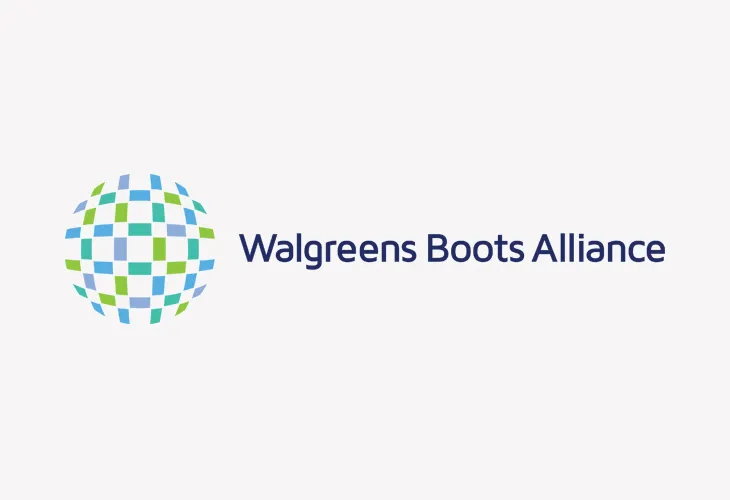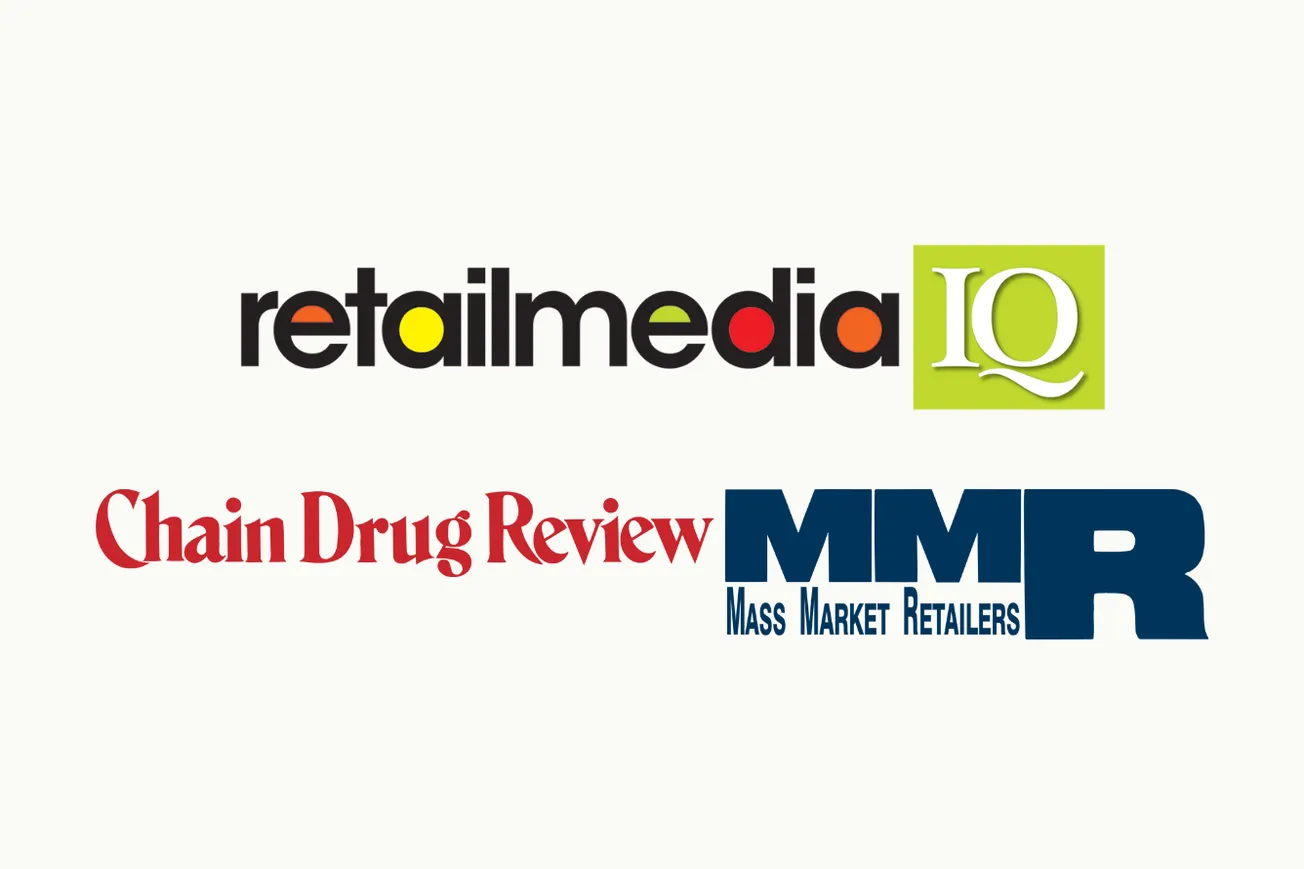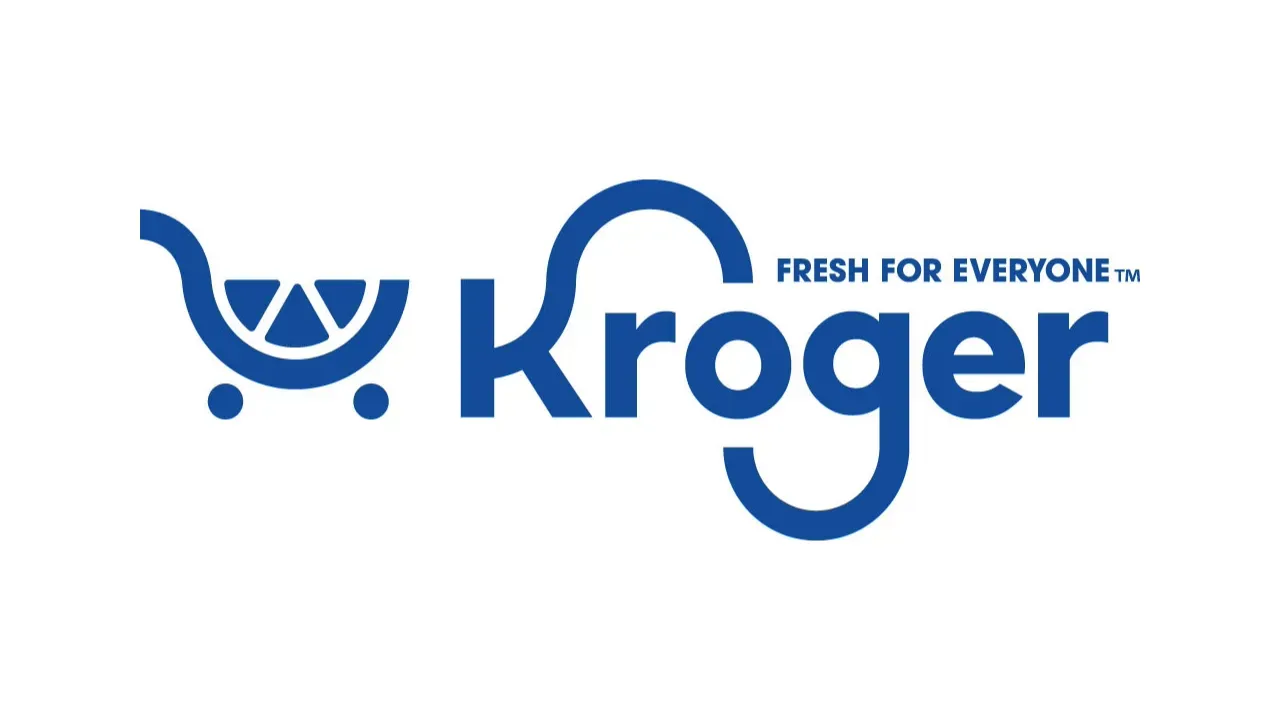DEERFIELD, Ill. — Walgreens Boots Alliance’s first quarter results fell short of Wall Street’s forecast.

Stefano Pessina
Adjusted earnings per share for the period ended November 30 were $1.37, while analysts had projected $1.41. Adjusted net earnings slid 11.8% to $1.2 billion, down 11.6% on a constant currency basis, from the year-ago period.
Revenue also missed expectations, coming in at $34.34 billion versus the anticipated $34.6 billion.
Excluding special items, net income fell 24.8% to $845 million, or 95 cents per share, from $1.12 billion, or $1.18 per share, a year earlier.
“We are maintaining our outlook for the year despite a soft first quarter,” said executive vice chairman and CEO Stefano Pessina. “We are confident our strategic plans are the right ones to drive long-term sustainable growth going forward. In addition, during the quarter we were very satisfied with the progress made in our Transformational Cost Management Program and with the strong cash flow we delivered.”
Sales in the quarter were $34.3 billion, up 1.6%, or 2.3% on a constant currency basis.
Operating income was $1 billion, a decrease of 27.6%, and adjusted operating income was $1.5 billion, a decrease of 15.6%, or 15.4% on a constant currency basis, including more than five percentage points of adverse items such as year-over-year bonus changes. Operating income also reflected costs related to the acquisition of Rite Aid stores and to the implementation of the Transformational Cost Management Program.
Net cash provided by operating activities was $1.1 billion, up $601 million from a year earlier, and free cash flow was $674 million, an increase of $684 million, reflecting working capital efficiencies as the company executed against optimization initiatives.
The company maintained guidance of roughly flat growth in fiscal 2020 adjusted earnings per share at constant currency rates, with a range of plus or minus 3%.
During the quarter, and since its close, the company has made substantial progress on its four strategic priorities: accelerating digitalization; transforming and restructuring retail offering; creating neighborhood health destinations; and the Transformational Cost Management Program.
WBA had record on-line sales over Black Friday weekend in the U.S. and the UK, and the Flagship No7 beauty brand has seen sales growth in the mid teens in the U.S.
The Retail Pharmacy USA division had first quarter sales of $26.1 billion, an increase of 1.6% over the year-ago quarter. Sales in comparable stores increased by the same percentage.
Pharmacy sales increased 2.9%, reflecting higher brand inflation and prescription volume, and strong growth in central specialty. Comparable pharmacy sales increased 2.5%. The division filled 294 million prescriptions, including immunizations, adjusted to 30-day equivalents in the quarter, an increase of 1.4% over the year-ago quarter. Prescriptions filled in comparable stores increased 2.8%.
The division’s retail prescription market share on a 30-day adjusted basis in the first quarter decreased approximately 55 basis points over the year-ago quarter to 20.9%, which was in line with the fourth quarter of fiscal 2019, as reported by Iqvia. The year-over-year change includes the impact of the store optimization program.
Retail sales decreased 2.2% in the first quarter. Comparable retail sales were down 0.5%, mostly due to continued deemphasis of tobacco. Excluding tobacco and e-cigarettes, comparable retail sales increased around 0.8%, reflecting solid growth in the core health and wellness and beauty categories.
Gross profit decreased 5.2% and adjusted gross profit decreased 4.9%, with procurement savings and pharmacy prescription growth insufficient to offset year-on-year reimbursement pressure.
First quarter selling, general and administrative expenses (SG&A) as a percentage of sales decreased 0.3%. Adjusted SG&A as a percentage of sales dipped 0.6%. Both decreases reflect strong cost savings, which more than offset incremental investments, impact of inflation and higher year-on-year bonus impact.
Operating income decreased 27.3% to $848 million. Excluding costs related to the acquisition of Rite Aid stores and to the Transformational Cost Management Program, adjusted operating income in the first quarter decreased 16.2% from the year-ago quarter to $1.2 billion.
Retail Pharmacy International had first quarter sales of $2.7 billion, a decrease of 5.4%, reflecting an adverse currency impact of 2.7%. Sales decreased 2.7% on a constant currency basis, mainly due to lower retail sales in Boots UK and lower sales in Chile, reflecting social unrest.
Gross profit decreased 6.3%, including an adverse currency impact of 2.6%. On a constant currency basis, gross profit and adjusted gross profit decreased 3.7% and 3.6%, respectively, reflecting lower retail sales and margin in Boots UK.
Operating income in the first quarter decreased 43.7% to $44 million, while adjusted operating income decreased 40.5% to $79 million, down 39.1% on a constant currency basis.
Pharmaceutical Wholesale had first quarter sales of $6.0 billion, an increase of 5.2%, including an adverse currency impact of 3%. On a constant currency basis, comparable sales increased 8.3%, led by emerging markets and the UK, including a customer contract change in the UK.
Operating income in the first quarter was $122 million, which included $13 million from the company’s equity earnings in AmerisourceBergen This compared with operating income of $155 million in the year-ago quarter, which included $39 million from the company’s equity earnings in AmerisourceBergen.
Adjusted operating income increased 4.1% to $229 million, up 4.9% on a constant currency basis, reflecting strong revenue growth and higher contribution from AmerisourceBergen.










